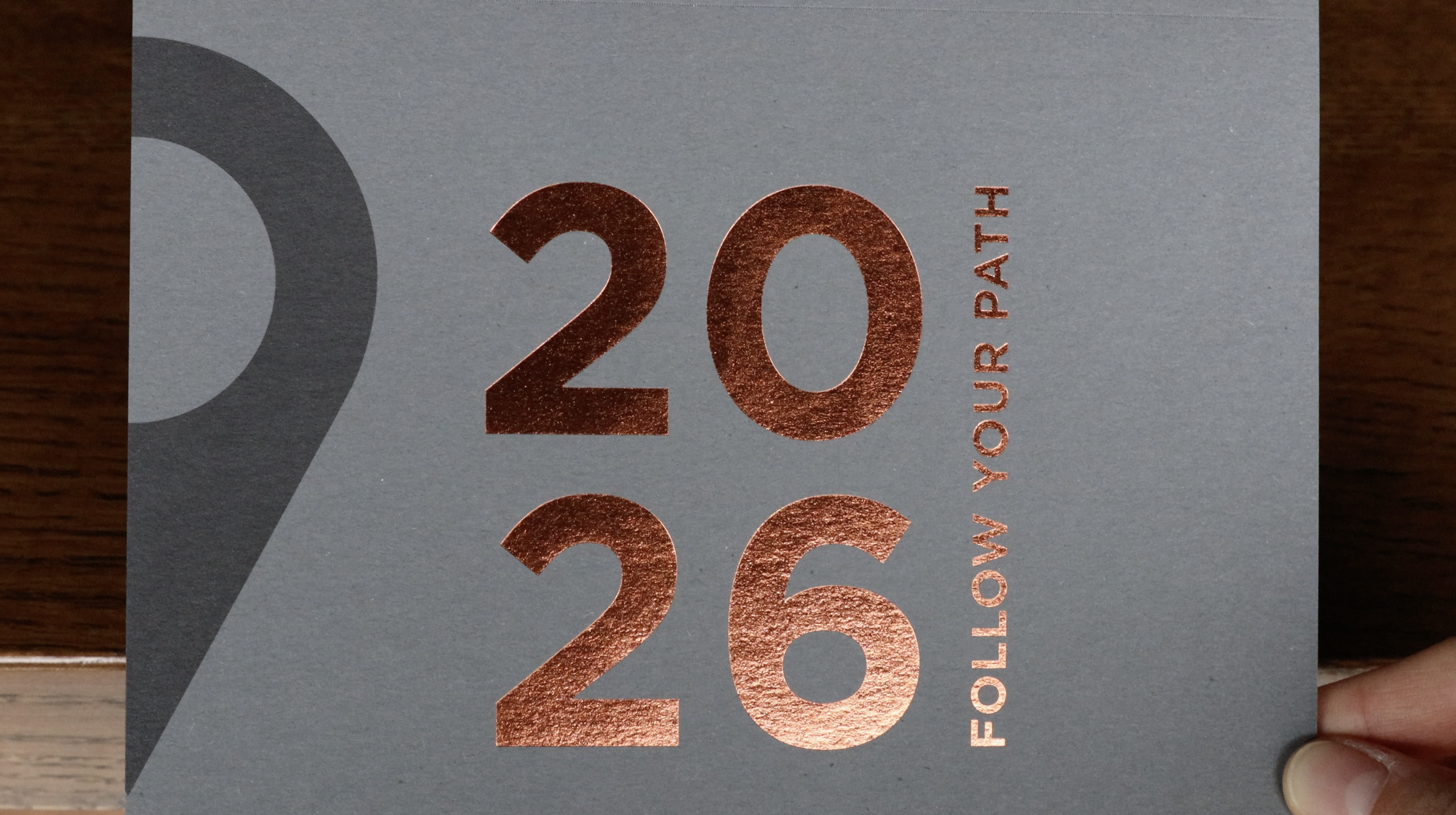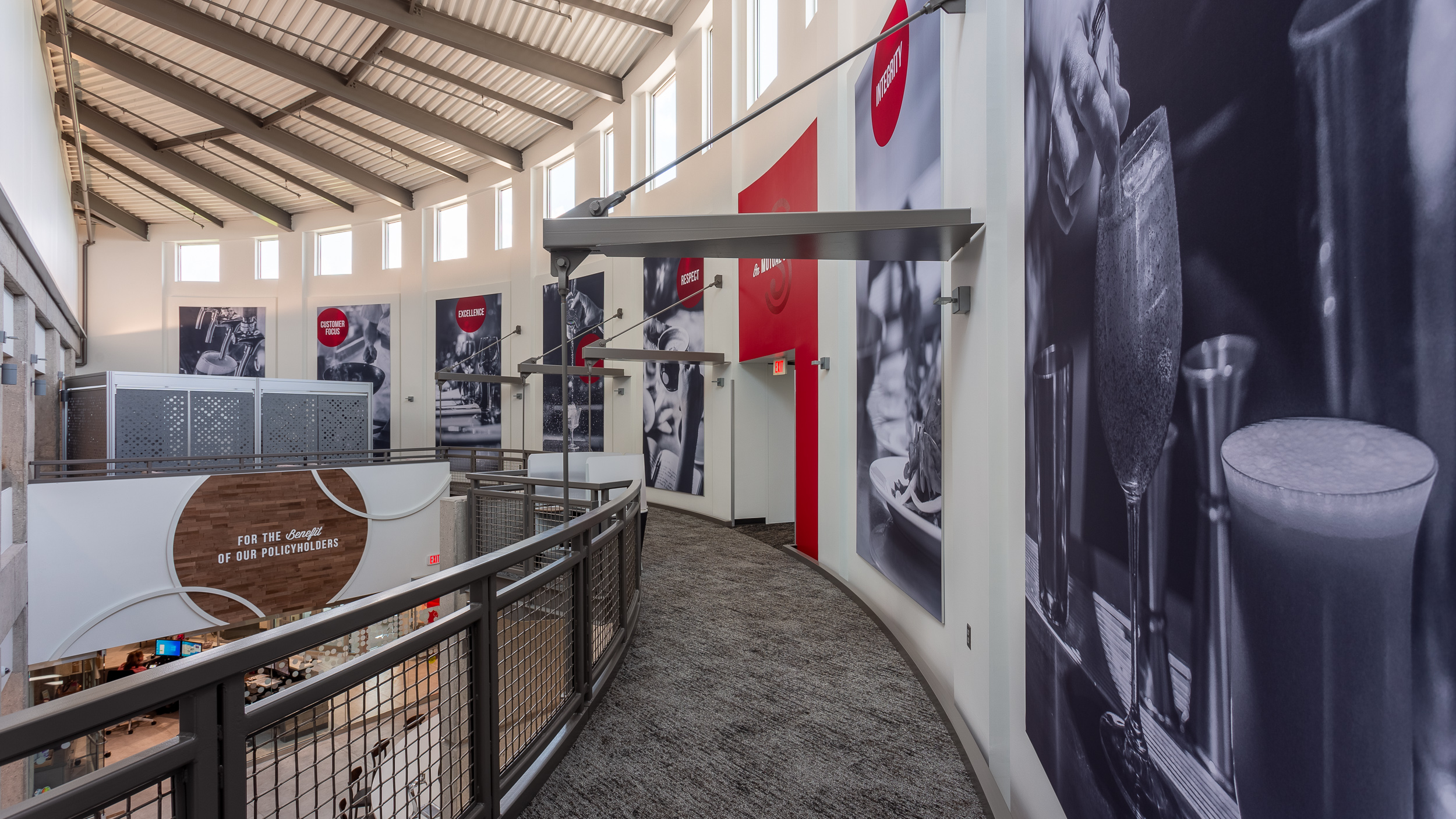
Menu
Menu
Substrate Saturdays with Steve is our weekly series exploring the materials we work with at Thysse—breaking down what they are, how they function, and why they matter.
This week, we’re talking about fabric printing—a dynamic solution that brings rich color, soft texture, and adaptability to a wide range of signage and display applications. Whether you're outfitting a retail space, enhancing an office environment, creating striking trade show graphics, or producing interactive floor displays, printed fabrics offer an unbeatable combination of durability, flexibility, and aesthetic appeal.
Fabric printing provides several advantages over traditional rigid substrates. Unlike paper or board-based signage, fabric can be stretched, folded, or tension-mounted without losing its vibrancy or integrity. Fabrics are lightweight and foldable, reducing shipping costs—a major advantage for businesses managing logistics-heavy campaigns. Additionally, some fabrics are semi-opaque and backlit-compatible, creating stunning visual displays that mimic large-scale monitors at a fraction of the cost.
All these attributes make fabric a popular choice for interior design, promotional displays, brand storytelling, and beyond.
Vivid, High-Quality Print – Holds deep, rich colors with excellent detail, enhancing brand messaging.
Durable & Wrinkle-Resistant – Designed for repeated use, making it a cost-effective choice for seasonal branding.
Flexible & Adaptable – Works seamlessly in SEG frames, tension systems, and other versatile display solutions. Fabric graphics are also easy to swap out, making updates more affordable compared to rigid substrates.



At Thysse, we offer multiple fabric printing technologies, each suited for different applications.
Applies flexible ink to the fabric’s surface.
Best For: Soft signage, banners, and indoor displays.
Advantages: Produces durable, flexible prints with excellent color vibrancy and resolution.
Uses direct-to-substrate ink that hardens on the fabric’s surface.
Embeds ink deep into the fabric fibers rather than sitting on the surface.
Best For: Soft-touch graphics and high-end retail displays.
Advantages: Produces deep, rich colors with excellent durability—without altering the fabric’s texture.
One of the most common uses for printed fabric. These graphics are finished with a keder (a sewn-in silicone strip) that allows the fabric to stretch into aluminum frames for a smooth, taut appearance.
Best For: Retail environments, corporate interiors, trade shows.
Advantages: Wrinkle-free, lightweight for shipping, and easy to swap out for seasonal updates.

Similar in texture to old-school mousepads, rubber-backed fabrics are ideal for interactive floor elements, branded mats, and educational games.
Best For: Kids' learning activities, experiential branding, promotional mats.
Advantages: Non-slip backing provides stability, with a soft-touch, vibrant surface.

Printed fabric can be used for freestanding banners, stage backdrops, or hanging ceiling graphics.
Best For: Events, promotional flags, stage/photo backdrops, ceiling-hung signage.
Advantages: Lightweight, durable, and easy to transport.

If you're looking for a vibrant, flexible, and durable signage solution, fabric printing is an excellent choice. Whether you need SEG graphics, rubber-backed displays, or custom soft signage, Thysse has the technology and expertise to deliver high-quality, color-accurate fabric prints tailored to your unique specifications.
Let’s bring your vision to life! Contact us today to explore the best fabric solution for your project.